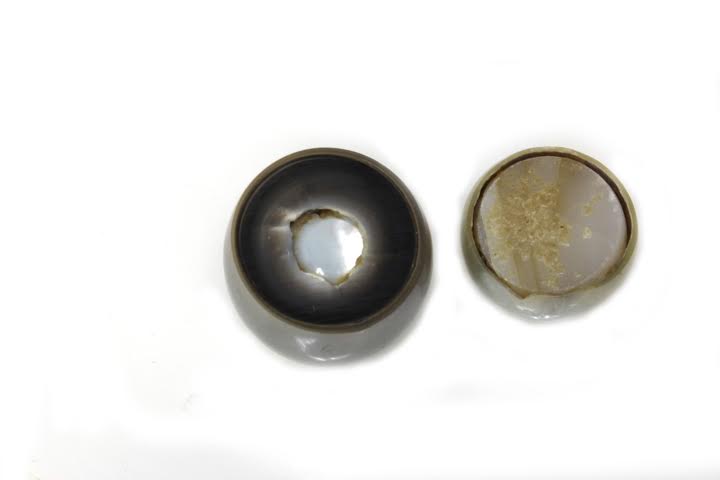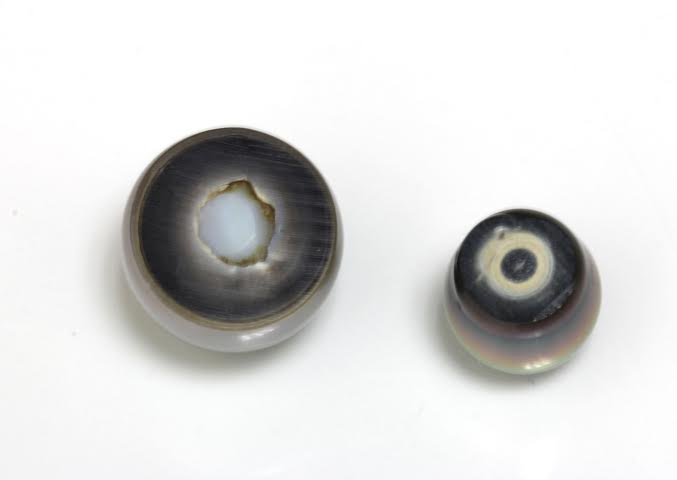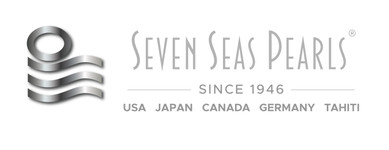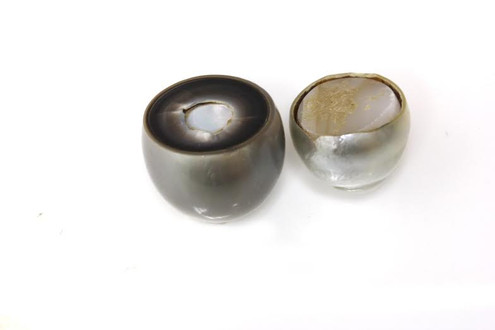What is nacre ?
23rd Apr 2021
If you have either bought a strand of pearls or done any amount of research on pearls, then most likely, the term nacre has probably come up. And, if you are like most, you just know that the nacre is important – but are not really sure why. In this blog we are going to illuminate why nacre is so important, how it develops, and why it is factored into the overall grade.
Nacre is the outer coating of a pearl. When an oyster is nucleated, the nucleus is irritating to the shell. In order to protect itself from this irritant, the oyster secretes nacre around the nucleus to protect itself from the foreign object. Nacre is also referred to as ‘Mother of Pearl’ and is the same gorgeous and shimmery material that lines the interior of a mollusk. Nacre is deposited in the thinnest of coatings as the pearl is developing. The layers are actually quite similar to the layers of an onion. Pearls with a short harvest time, tend to have a more thin nacre. Pearls that are allowed longer to cultivate have more layers and therefore a more thick nacre.
Pearls that have a thin nacre may appear beautiful at the time, but as they age, the nacre will wear off thus ultimately removing the luster of the pearl. When this happens, the pearl has a dull and chalky appearance. As a result, pearls that have a higher quality nacre are more valuable and will last significantly longer and maintain their luster in contrast to pearls with a thin nacre.
As we discussed earlier, freshwater pearls are made up entirely of nacre, whereas saltwater pearls have a nucleus with the nacre forming around the nucleus. As a result, the thickness of the nacre is an attribute that applies only to saltwater pearls.
At Seven Seas Pearls, all pearls are rated individually and then each rating is averaged out for a total grade. The rating that Seven Seas Pearls’ uses for the absolute best nacre is “top” from there the nacre is rated Very Thick, Top, Medium and Thin.
Here is an example of the difference between a pearl with top rated nacre and thin nacre – can you see how the nacre dramatically impacts the luster and glow?

Here is another example of nacre with a less extreme difference between the grades. The pearl on the left has a rating of very thick nacre and the pearl on the right has a rating of medium nacre.

As you can see from the above images, the thickness of the pearl nacre has a dramatic impact on the overall quality, luster and beauty of a pearl. Check back soon for our next blog on Akoya Pearls!

